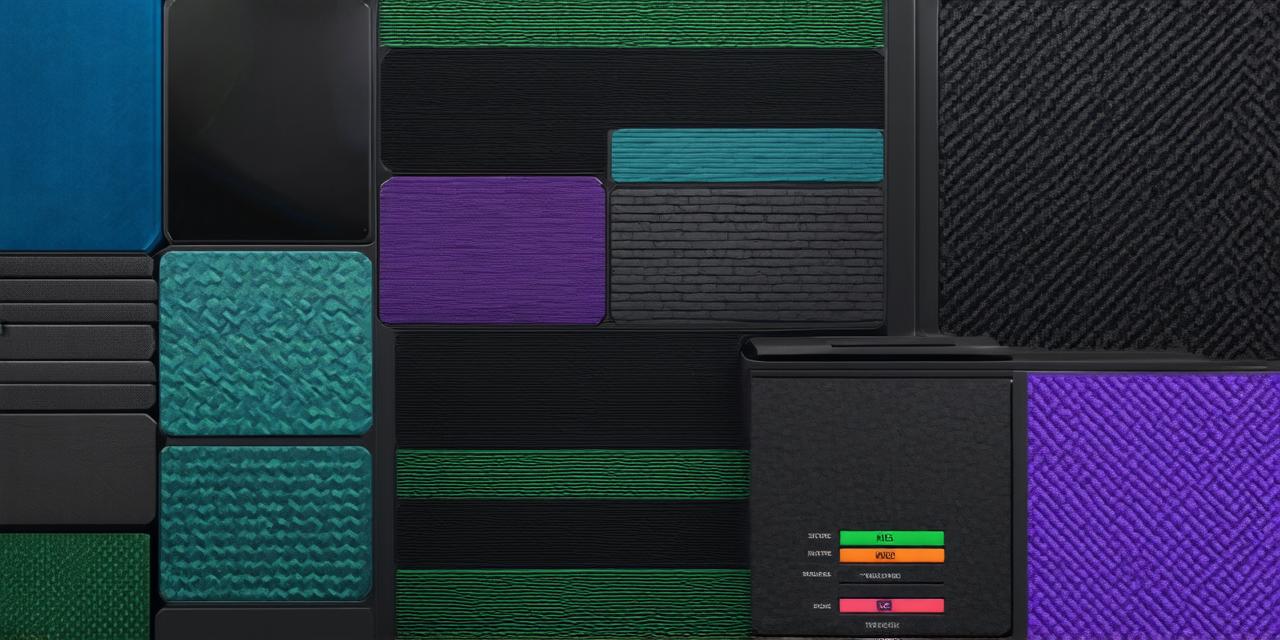
Introduction:
Making a 3D game is an exciting and rewarding project that can be accomplished with a variety of tools. One popular tool for creating 3D games is Unity, a powerful engine that offers a wide range of features and capabilities. In this article, we will explore the process of making a 3D game in Unity, from setting up the environment to creating characters and adding interactivity. We will also discuss some tips and tricks for optimizing your game for performance and ensuring a smooth play experience.
Setting Up the Environment:
The first step in creating a 3D game is to set up the environment. This involves creating the terrain, adding objects, and setting up lighting and other environmental effects. In Unity, this can be done using the built-in tools or by importing assets from third-party sources. For example, you can use the Terrain tool to create a basic landscape, and then add trees, rocks, and other terrain features using prefabricated objects or custom models.
Creating Characters:
Once you have set up the environment, the next step is to create characters. Unity offers a variety of tools for creating 3D models, including the Mesh Tool, which allows you to sculpt and manipulate mesh objects in real-time. You can also import prefabricated character models from third-party sources or use a 3D modeling program like Blender to create your own characters. Once you have created your characters, you can import them into Unity and add animations and other interactive elements using the Animation window.
Adding Interactivity:
One of the key features of a 3D game is interactivity. This means that players should be able to do things like pick up objects, open doors, and trigger events. In Unity, you can add interactivity to your game by creating scripts that control the behavior of objects in the scene. For example, you could create a script that makes a character pick up an object when it is clicked, or a script that opens a door when the player approaches it. You can also use Unity’s built-in physics engine to simulate physical interactions between objects in the scene.
Optimizing Performance:
When creating a 3D game, it is important to optimize performance to ensure a smooth play experience. This involves reducing the load on the system by minimizing the number of draw calls and reducing the size of textures and other assets. One way to do this is to use LOD (Level of Detail) systems, which reduce the complexity of objects in the scene based on the player’s distance from them. You can also use texture compression tools like PNGquant to reduce the size of your textures without sacrificing quality.
Conclusion:
Making a 3D game in Unity is a fun and rewarding project that requires creativity, technical skills, and attention to detail. By following these steps and using the tools provided by Unity, you can create an engaging and interactive game that will captivate players for hours. So if you are looking to create your own 3D game, start with Unity today and see what you can achieve!
FAQs:
Q: What is the best way to learn Unity?
A: The best way to learn Unity is to start with the official tutorials and documentation, and then move on to online courses and forums where you can ask questions and get help from experienced developers.
Q: How long does it take to create a 3D game in Unity?
A: The time it takes to create a 3D game in Unity depends on the complexity of the project and the experience of the developer. A simple game could be created in a few weeks, while a more complex game could take several months or even years.
Q: What are the minimum requirements for running Unity games?
A: The minimum requirements for running Unity games depend on the complexity of the game and the hardware it is running on. However, most Unity games can run on a computer with at least 4GB of RAM and a graphics card that supports DirectX or OpenGL.
